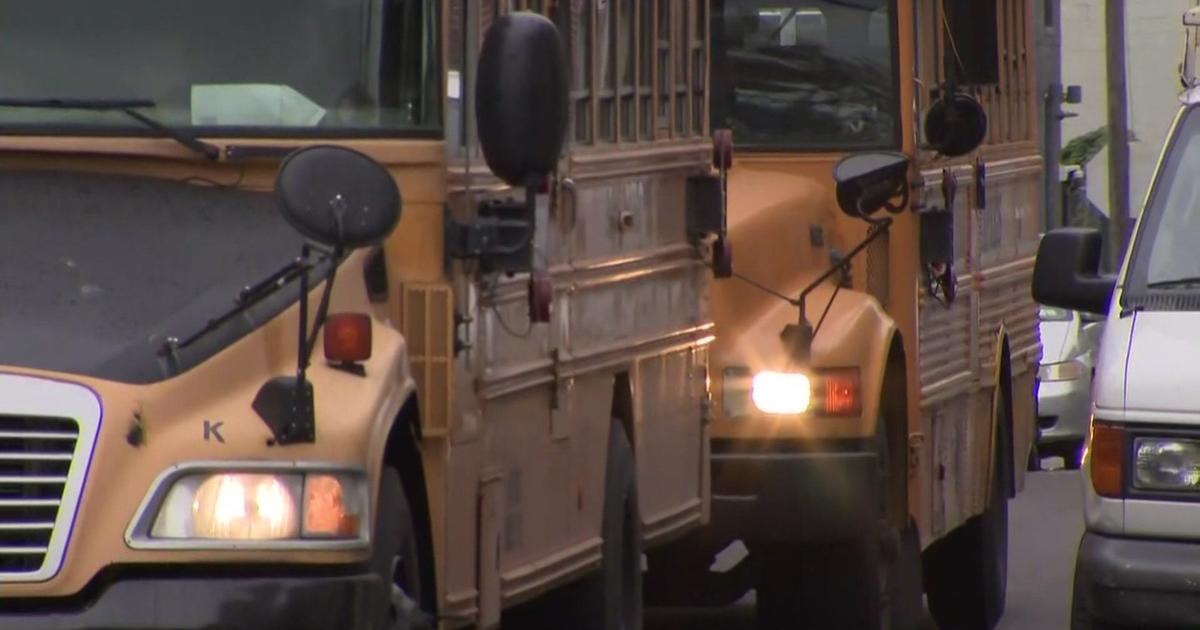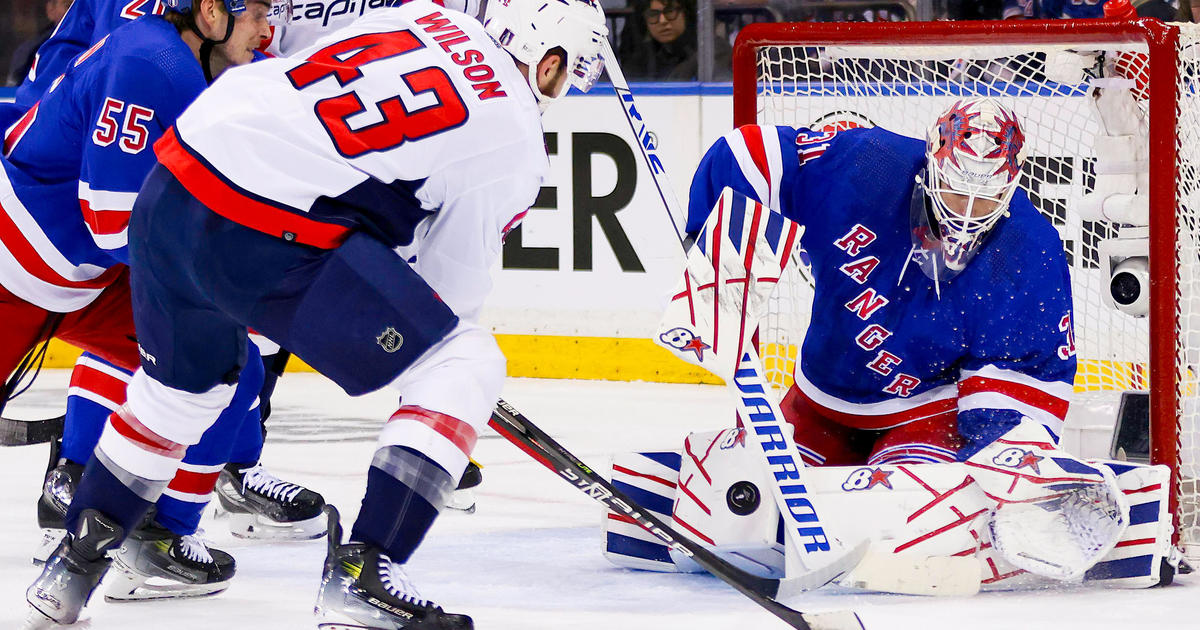Schwartz: A Q&A With Concussion Expert John Gallucci
By Peter Schwartz
» More Columns
Concussions continue to be a huge topic of conversation in sports, particularly as it pertains to football. It's become a big concern in youth football as parents continue to struggle with the decision as to whether or not to let their kids play the sport.
The subject came to light again last week on Long Island when Tom Cutinella, a guard/linebacker for Shoreham-Wading River High School, passed away after taking a big hit from an opponent. Cutinella collapsed during the game after suffering a head injury.
There are still many unanswered questions about the tragedy and concussions in general. This week, I spoke to John Gallucci Jr., the founder and president of JAG Physical Therapy. He is one of the leading experts on concussions and shared some valuable information.
PS: What was your reaction to the incident on Long Island?
JAG: When a situation like that happens, where there was such a broad impact and unfortunately a traumatic brain injury is seen, the medical personnel basically has to go into life-saving mode and try to save the life. I'm sure they didn't see any predisposing factors, but usually there are signs and symptoms. But it seems like this young man took such an impact that unfortunately it caused some sort of traumatic brain injury that led to his unfortunate passing.
We don't know all of the facts on Long Island, so we cannot assume anything, but I'd be curious to know the following: Were there any predisposing factors? Was this child concussed in a two-week period before this? Did the child sustain a concussion earlier in the game or the day before in practice? Did he show any signs or symptoms? We're not going to know any of that because we weren't on hand and we didn't know what was going on.
PS: Participation is down in youth football. Is this an overreaction by parents?
JAG: As somebody involved in sports my entire life, I think it's a little media driven of an overreaction. If you really look at how many people are participating in football and look at the true components of morbidity or death from a concussion that has happened, the rates are not staggering. I believe in the last year there were eight incidents of a true death from it. You look at the millions of athletes playing football in our country at the youth, high school, college and professional levels, and I think it's a little bit of an overreaction.
PS: How easy is it to tell if a player has suffered a concussion?
JAG: The biggest thing that we're doing now as certified athletic trainers and physicians is really trying to teach the community, the coaches and the players themselves about the signs and symptoms of concussions.
We're truly letting people know that there's no such thing as a mild concussion. You're either concussed or you're not, and slowly bringing a child back and really making sure that they're healthy before they go back into a game or back into competition is the most important thing.
That's why in New York, New Jersey, Pennsylvania and numerous other states, these return-to-play protocols have been put in place. Because research has shown us that a secondary concussion when the primary concussion has not been cleared, and the brain hasn't healed a secondary concussion, can be devastating.
PS: Can a primary concussion heal to the point where there are no further symptoms?
JAG: I think we've gotten to a point where testing post-concussion is becoming definitively fine-tuned, and the specialists are truly collaboratively working to basically clear the child.
Once the child is cleared, both specialists -- along with the certified athletic trainers and physical therapists -- are putting the child through what is called a return-to-play protocol which is now mandated in New Jersey, New York and Pennsylvania. It's imperative that the child and the parents understand the importance of this protocol and understand that if any signs or symptoms are illicit during this protocol, the child is again brought back to rest.
It's not a protocol where, 'OK, yeah, they got through step one ... On to step two.' If they have a headache in step two, well, then they have to rest again and they have to be cleared by the neurologist, neuropsychologist and the testing beforehand.
I think we've gotten to the point with these neuropsychological computer tests that coaches and parents are becoming educated; it's not one test and you're cleared. It's got to be a battery of progression. It's got to be a battery of a medical doctor clearing the child. It's got to be a neuropsychologist clearing the child. It has to be a certified athletic trainer or physical therapist clearing the child to return to play, and if all of these paths get a true clearance, then a return to competition can be safely given to the individual.
A child must be symptom-free and evaluated by a medical professional -- first in concussion -- before they're allowed to progress to the return-to-play protocol. Then, it's a five-to-six step process, and no step can be moved forward. If the child's symptoms do not decrease then the child should not be put into return-to-play and the child should be put under the guidance of their medical doctor. Parents and coaches need to take a step back and stop rushing this process. If a child is concussed, we need to treat them appropriately.
PS: How important is it that a football helmet fits correctly?
JAG: The unfortunate thing is that we as a society have to get away from this regeneration of any type of helmet. It used to be that high-school football teams, pee-wee football teams, pee-wee hockey teams and high-school hockey teams used to refurbish helmets. It's my opinion that we get away from the refurbishment and truly make sure that we're buying truly-fitted and well-fitted helmets for the athletes. It's going to cost a little bit more money, but it's going to tell us that the integrity of the helmet is brand new, the safety rating is brand new and, basically, that the child is going to be safer if the helmet is fitted appropriately.
The coaches have to take a step back, take their time and make sure that their athletes' equipment, in any sport, fits appropriately because equipment can decrease injuries. That can be from shoulder pads to chest pads to butt pads. We're making them wear it so it needs to fit appropriately.
There's no evidence that a helmet will stop a concussion, but what it can do is stop the aggressiveness of long-term symptoms, and it will stop lacerations, abrasions and things like that. Billions of dollars have been spent and there is not a helmet out today that stops a concussion. There's no evidence that says it can stop a concussion from happening.
The brain sits in fluid. It's a buoyant mass that sits in fluid. If you're running with no gear on and you're running as fast as you can and you suddenly stop, the brain is going to shift; the velocity of the brain is going to hit off the front of the skull and cause an injury. That's why we see drivers in cars get concussions when they don't hit anything. Just from whiplash they become concussed. That's why we have to take a step back and we have to really truly educate.
____________________________________________________________________________
During our conversation, Gallucci pointed out that there are a number of programs in the Tri-State Area that are educating parents, coaches and players about concussions. One of the best programs is through the Matthew J. Morahan III Health Assessment Center for Athletes.
It's a statewide program offering young athletes access to free and low-cost cardiac screenings and baseline-concussion testing through satellite centers at all six Barnabas Health facilities throughout New Jersey.
"It amazes me that this is a free program for parents, coaches and children, and people are not going in the masses to try to educate themselves to make sure that they understand what a concussion is," said Gallucci.
Under the program, concussion screenings are offered to young athletes ages 12 to 18, and cardiac screenings are offered to young athletes ages six to 18. For more information about the program, you can visit their website here.
Concussions remain a big problem in sports, especially at the youth-football level. But the good news is that we are learning more and more about the injury every day. As the experts continue to do their research, it's important for parents, players and coaches to allow themselves to become educated.
Not knowing what to do or when a player should return from a concussion can only lead to a bad result.
You can follow me on Twitter @pschwartzcbsfan. You can also follow John Gallucci @DrJAGPT.
You May Also Be Interested In These Stories




